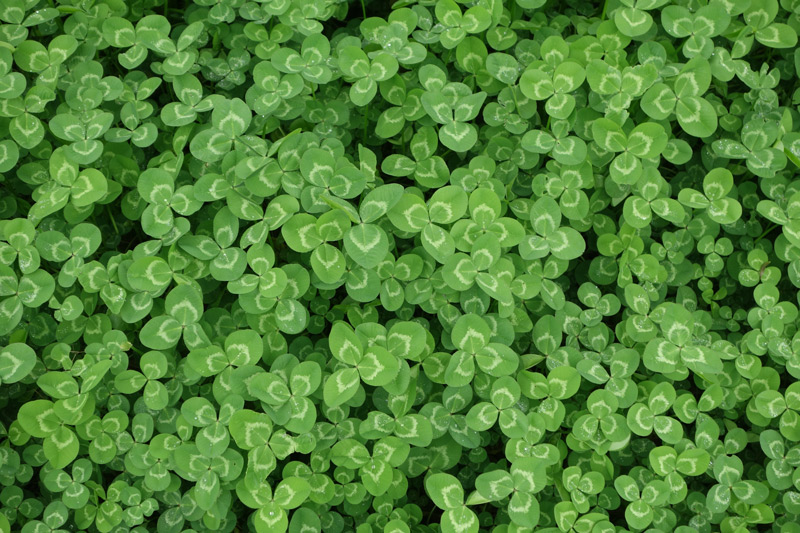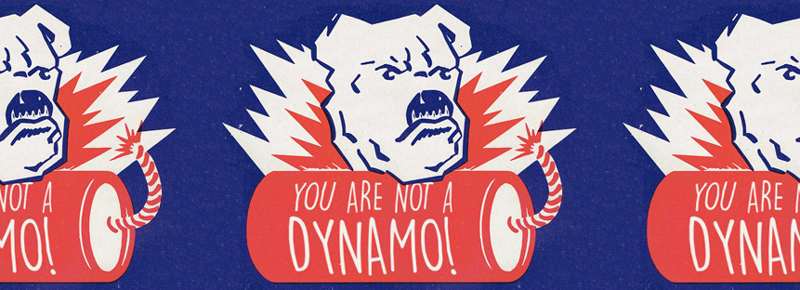Making Your Own Luck

Mid-March always brings two events to mind. One date was not so lucky: Caesar should have stayed home on the Ides of March, or not walked down those fateful steps. Then on St. Patrick’s Day we celebrate the heritage and culture of the Irish, who almost seem infatuated with luck: leprechauns, luck o’ the Irish, etc.
So what exactly is luck? The fortunate break of random circumstances. But few of us can count on circumstances breaking our way. What’s the best way to create luck, then? By removing the randomness.
Enter 5 Dynamics. In certain ways people are creatures of habit, and the paths they take will often (not always) be predictable. Higher Energies often predetermine what people see, how they will move, the choices they make, how they value things, and why they pick the things they want to achieve. Understanding these factors requires you to know someone’s Energies and how those Energies play out.
The keys to knowing them are easily available to you:
- Get Leadership and Peer-to-Peer reports about people you work with
- Use the Energy Summary to practice identifying Energies
- Look for evidence of higher Energies in what people do and say
- Tap into those Energies when you communicate with people, and engage them in tasks and projects
Sure there’s lots of variability in people, but they’re far from random. Luck is good fortune. Good fortune is likelier (though not guaranteed) when you can eliminate bad outcomes. The 5 Dynamics methodology is one of your best bets for doing that.
Meanwhile, Erin go Bragh! Happy St. Paddy’s.


